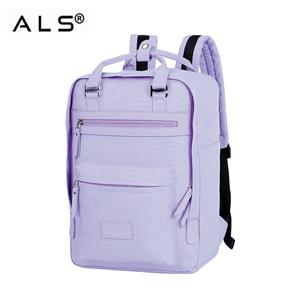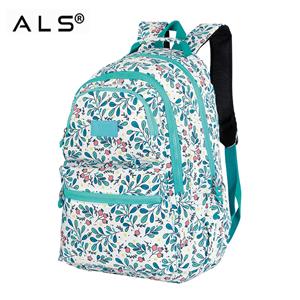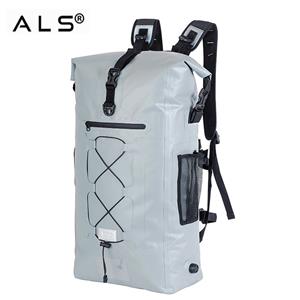9 Tips To Buy A Quality Backpack | Rucksack Buying Guide
How to buy the perfect backpack for your needs?
These 9 tips will ensure all your bases are covered and ensure you make a smart purchase!
Backpack Buying Tip #1-Comfort

Comfort is by far the most important factor in choosing a backpack. If it hurts your back, you're at best not going to use it often. At worst-you could injure yourself.
The build of a backpack contributes to user comfort, especially the shape of the backside, shoulder straps and padding.
Backpacks with a comfortable back panel, padded shoulder straps and an optional hip belt distribute the weight of the pack across the body.
Adjustable and padded shoulder straps ensure the backpack sits comfortably, reducing the strain on your back.
Contoured and padded backs follow the natural shape of your lower back adding to the comfort of carrying the bag. The shape allows for a natural arch to ensure no back pain.
Padded hip belts remove weight from the back and shoulders and places a larger portion of the burden on the leg muscles-allowing you to carry heavier loads for longer.
Backpack Buying Tip #2-Durability
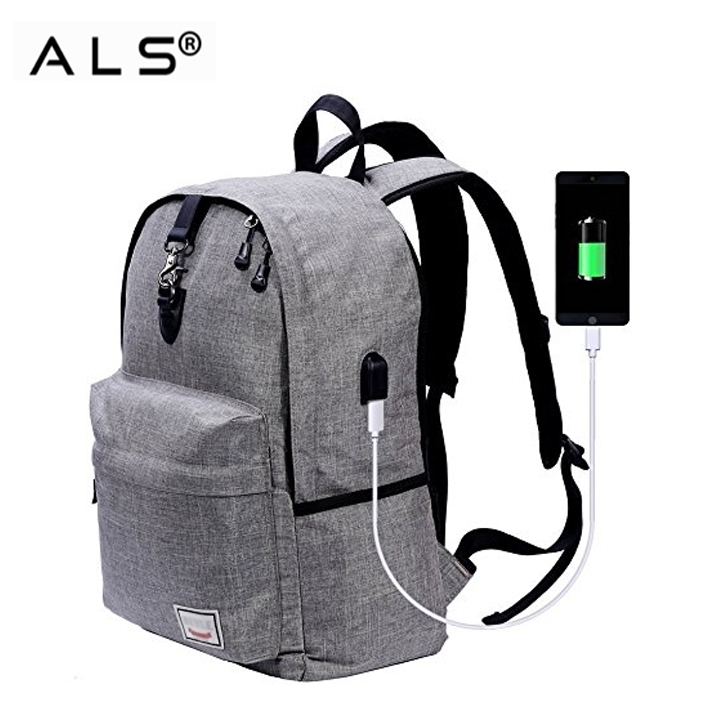
Quality backpacks are crafted using durable materials.
Heavy-duty backpacks are generally made of ultra-strong nylon material and YKK-grade zippers and straps of nylon. Nylon and polyester are the most popular pack materials. Heavier fabrics like canvas also make durable bags that you will be using for years. Even leather works, although it can drive up the price of a bag.
The most common reasons men throw their old backpacks aside is tears on the shoulder straps, broken zippers and stitching that has come undone.
The shoulders straps are most susceptible to tears. Observe the sewing and thread material. Double stitching is preferred. Avoid carrying loads that the bag is not designed to handle. A seamstress can easily fix these tears for as little as $10.
Backpack Buying Tip #3-Content Protection
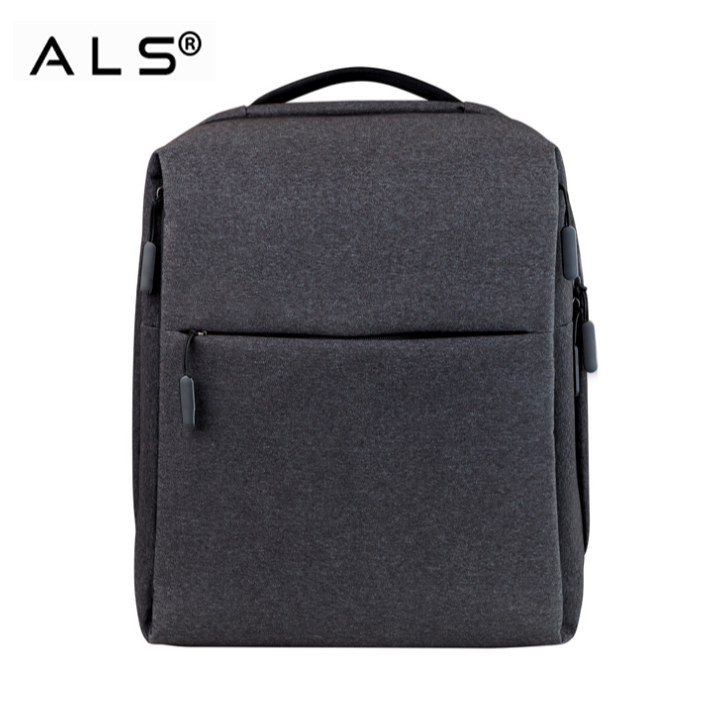
Your backpack needs to be somewhat waterproof and requires padding to protect electronic or delicate equipment.
Water resistant material-You may not need a 100% waterproof backpack-but a bag made from semi-waterproof materials is going to protect the contents in an emergency situation. Bags made from nylon and polyester are better options for outdoor adventures and backpacking trips.
Padding-A padded compartment for laptops and tablets are common in backpacks. Ensure they are securely fastened to avoid your electronic equipment from jostling around in your bag.
Backpack Buying Tip #4-Size
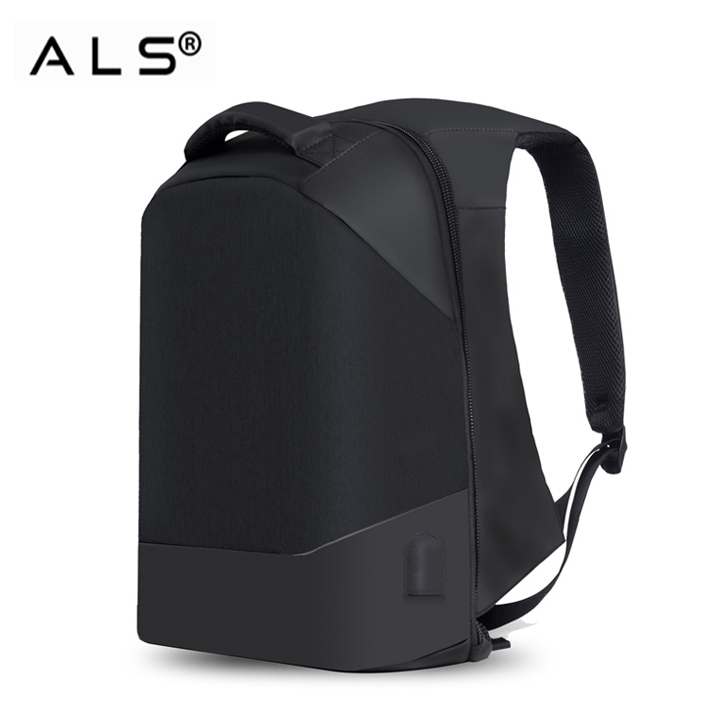
Finding the perfect size backpack is a matter of selecting one that is proportional to your body and that fits all the items you need to carry.
The right fit is a size appropriate for your torso length and one that has a comfortably snug grip on your hips.
Torso length-Some packs are available in multiple sizes, from extra small to large, which fit a range of torso lengths.
Hip size-The majority of a backpack's weight should be supported by your hips. Adjustable backpack hipbelts accommodate a wide range of hip sizes.
To measure your torso length-stand with your hand on your hip bones, index finger pointing straight and thumbs in back. The length of your torso is measured from the bony bump at the base of your neck to the middle of your back where your thumbs meet.
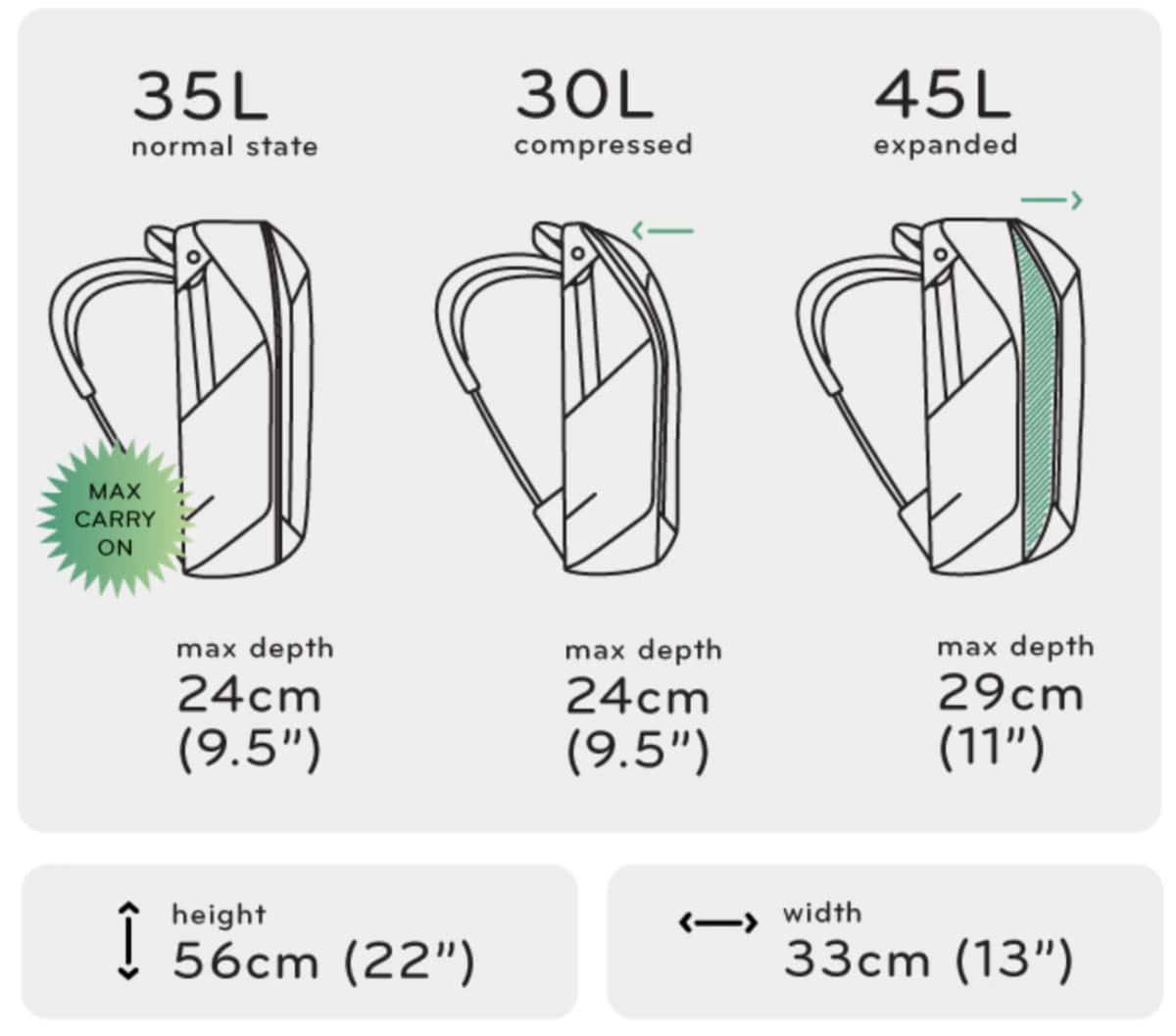
Extra small & small backpacks fit torsos up to 18″.
Medium & regular backpacks fit 18″-20″ torsos.
Large backpacks fit torsos 20″ and above.
If your backpack is too big or too small in proportion to your torso-the weight won't be balanced properly. This imbalance results in back pain or you toppling over.
Backpack Buying Tip #5-Your Activity Needs
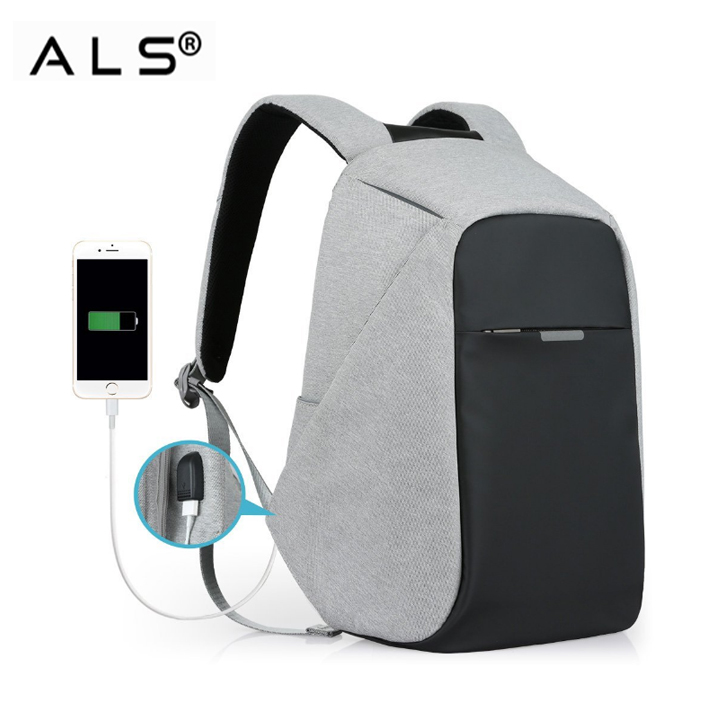
The choice between daypacks, rucksacks, travel bags and minimalist backpacks can leave any shopper confused.
Apart from getting the size right, the design and build of the bag should suit your purposes.
Are you confident the backpack will fit all the utilities you need to carry?
Will you be walking and moving around from one place to another or will you be sitting in a classroom for most of the day?
What type of weather are you most likely to encounter while wearing the backpack?
You need something that is suitable for your activities.
If you are planning to use the backpack mainly for short hikes or college-a canvas backpack is ideal. If your main mode of transport is a bicycle, a water-proof nylon backpack is necessary.
A versatile backpack is suitable for any kind of class load-whether you're packing a camera with lenses, 700-page textbooks, 15 inch laptop, a change of gym clothes or all of these and some more.
Backpack Buying Tip #6-Material
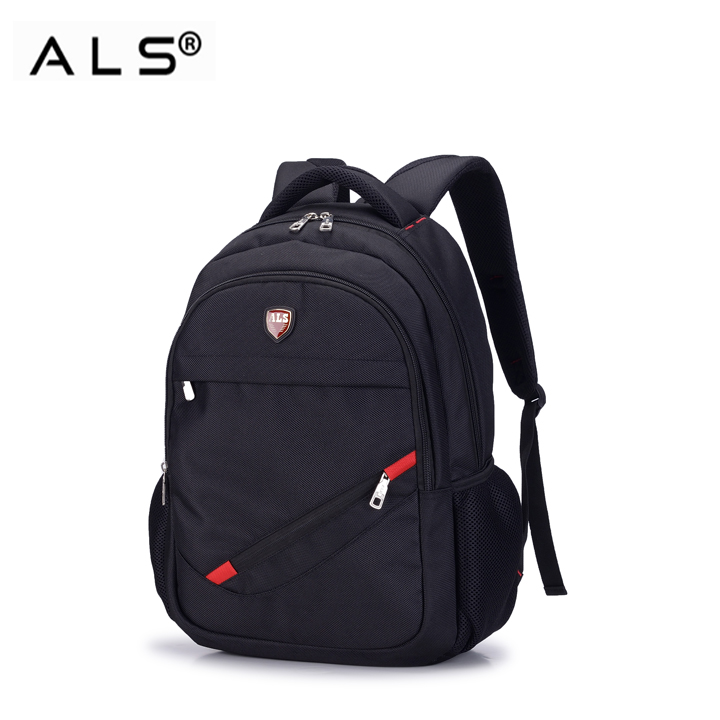
Match your needs with a backpack made from the right materials to ensure that it stays intact for years.
The commonly used backpack materials are…
Cotton Canvas-Canvas is a heavy-weight, rough weave cotton material. Modern canvas is made from natural and synthetic materials-reducing weight and increasing waterproof capabilities and strength. Its main advantage is that it is an inexpensive material. Canvas packs are popular with college students and hikers.
Pack-Cloth Nylon backpacks are shiny and slick to the touch. The main advantages of pack cloth nylon are it's ready acceptance of waterproof coating, abrasion resistance, and excellent puncture resistance.
Cordura-an “air treated” nylon fabric originally designed by DuPont. The chief advantages of Cordura fabric are its abrasion resistance and light weight. Used in higher end backpacks which are perfect for backpacking adventures.
Rip-stop Nylon-The “rip-stopping” design of rip-stop nylon can provide extra protection to help ensure that your pack won't disintegrate in front of your eyes the first ten miles into an adventurous hike. The main advantages of rip-stop nylon are it's excellent waterproofing and lightness in weight.
Polyester has a higher resistance to ultra-violet (UV) degradation than nylon but it is not the most rugged material for a backpack. However, it is strong and tough enough for little kids. Backpacks made of polyester are affordable, hold color well (meaning they can be very vibrant in color).
Leather backpacks are a stylish, although expensive alternative to the standard backpack. Full grain, vegetable-tanned leather is generally used for backpacks. This material develops a unique patina over time and gives the bags an organic quality. Leather backpacks are perfect for use in the workplace as they are usually the most formal style of backpack.
Backpack Buying Tip #7-Organization
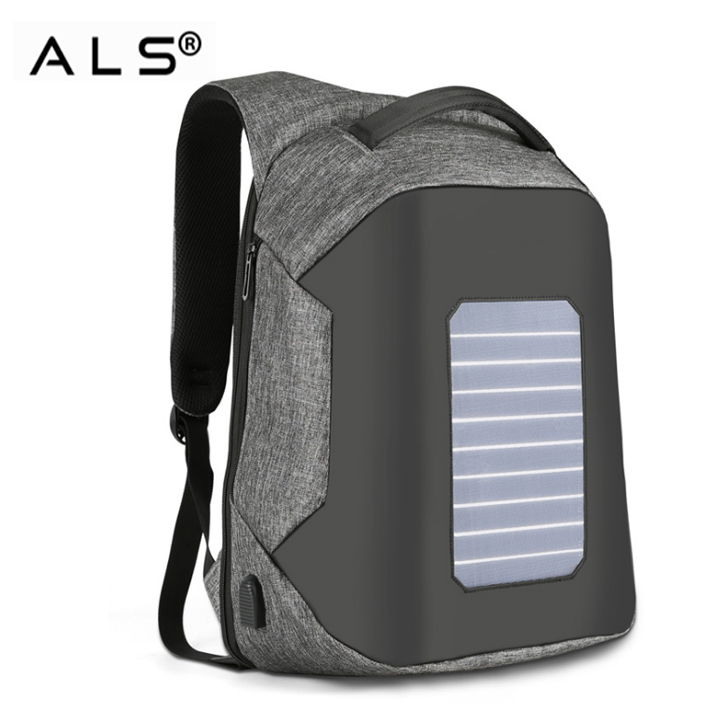
Some backpacks are bare on the inside. Some are highly organized with multiple pockets and compartments.
You might prefer a minimalist approach for a lighter load backpack or one with multiple compartments to store and easily access your utilities. The more compartments and pockets in a backpack-the better the distribution and accessibility of your items.
Multiple Compartments-allow for the contents of the bag to be organized in smaller sections for easier access.
Elasticized side pockets: These pockets lie flat when empty but stretch to hold a water bottle and other loose items.
Front pocket: Sometimes added to the exterior of a shovel pocket, these can hold smaller, less bulky items.
Organize yourself so you only carry what you need in the backpack.
Backpack Buying Tip #8- Budget
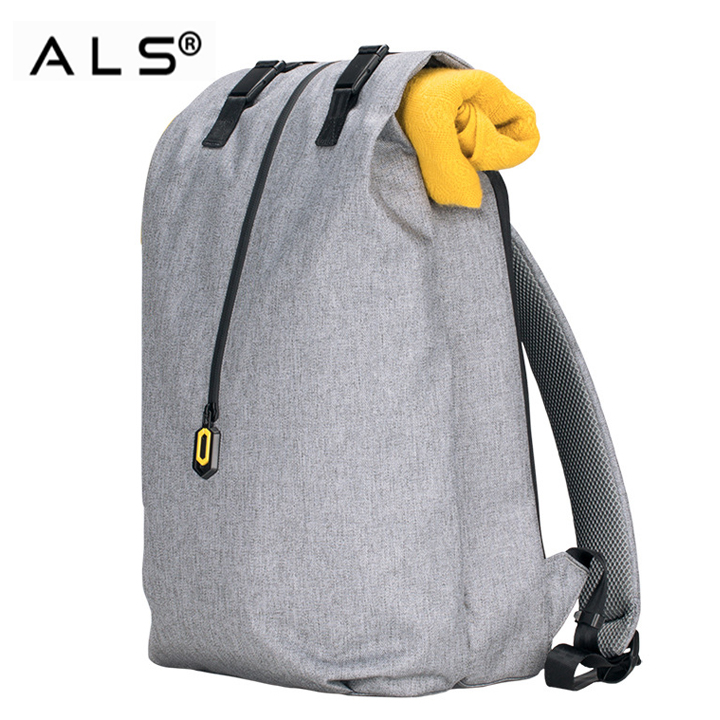
What goes into the cost of a backpack?
The price of a backpack should be reflected in the quality of the materials used, the craftsmanship and the aesthetics of the design.
It would be a shame to compromise quality for price. The last thing you want is to have your backpack tear open down the side, and all your stuff spill out while on a bus, or walking down the street.
Is it a limited edition backpack? Is it hand-assembled or mass manufactured in a factory? These factors will influence the cost of the backpack.
Some basic backpacks can cost less than $30, while higher end backpacks made from leather could easily retail for $1500. A mid-rangebackpack should cost between $50-$100.
Backpack prices depend a lot on size, fabric, and brand. Store brands are cheaper than big name brands like North Face, Osprey, and Gregory.
Backpack Buying Tip #9-Style
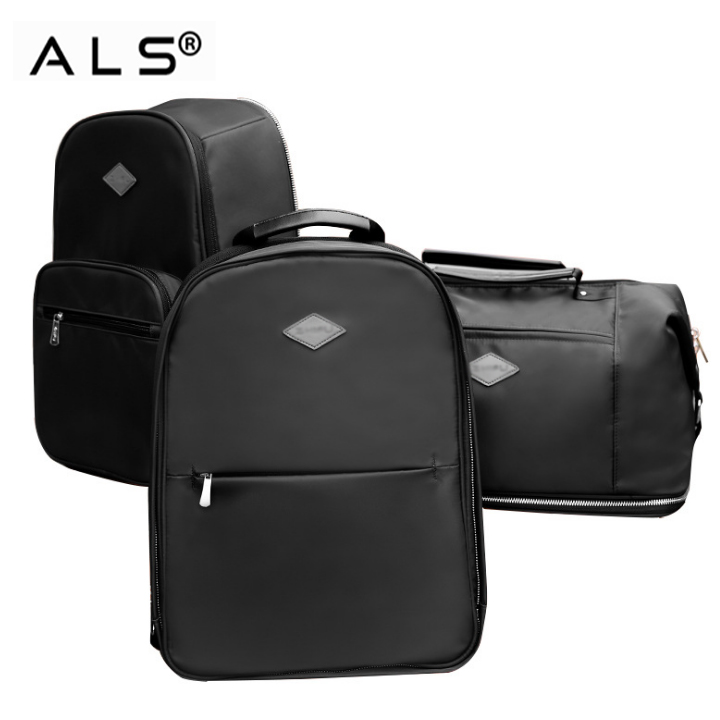
Do you want to be the recipient of bag envy? Your choice might be determined first by the design of the backpack.
A backpack for the discerning man should balance practicality and sophistication on equal terms.
It should be expertly crafted so that whether you're wearing it to the gym or on the daily commute-it should harmoniously blend into your overall look.
A leather backpack is the most stylish option-nylon would be the least although ballistic nylon in black is a decent option for the man on a budget.
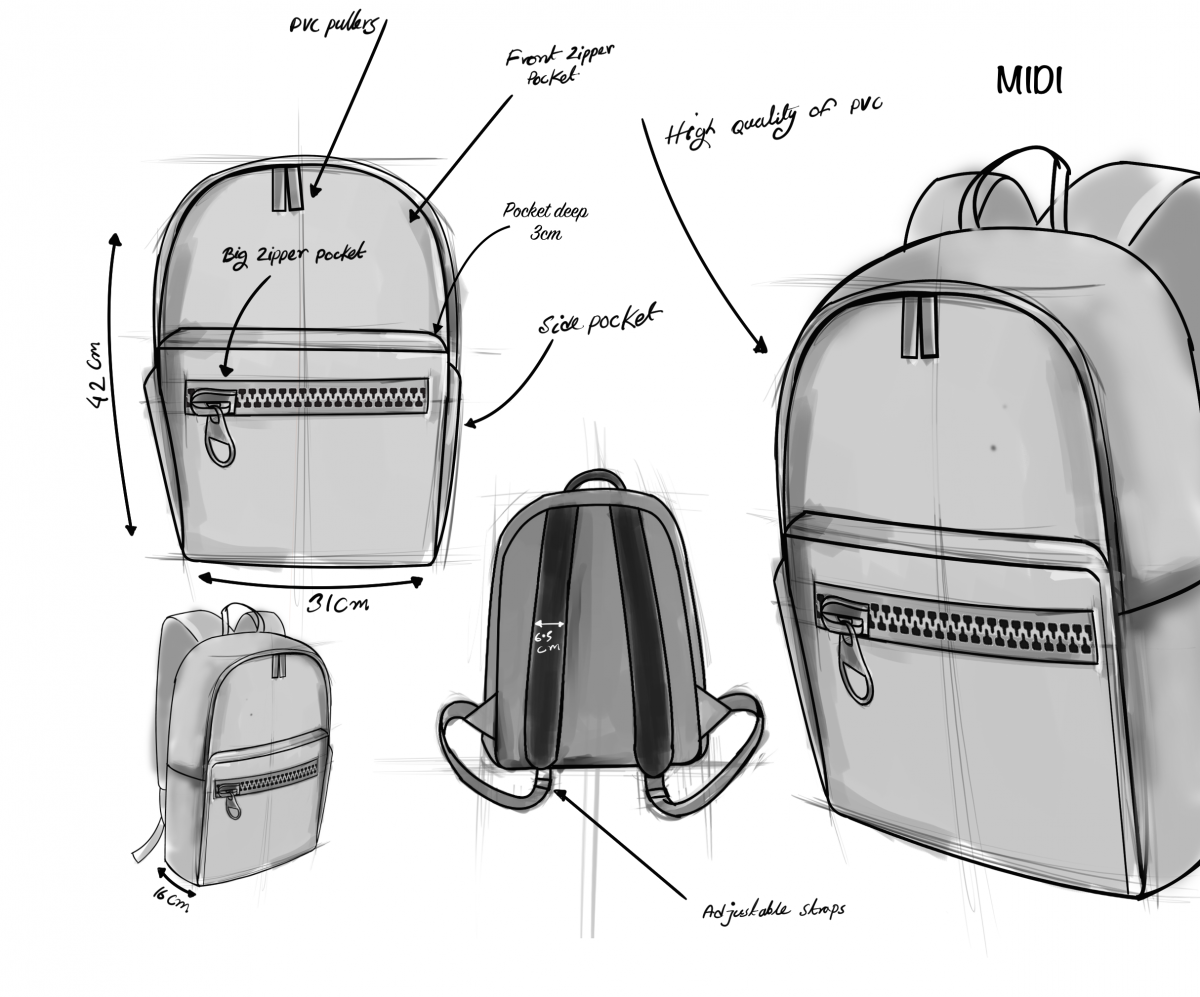
So What Backpacks Do I Recommend?
Send email to inquiry@hcbags.com for catalogue.


